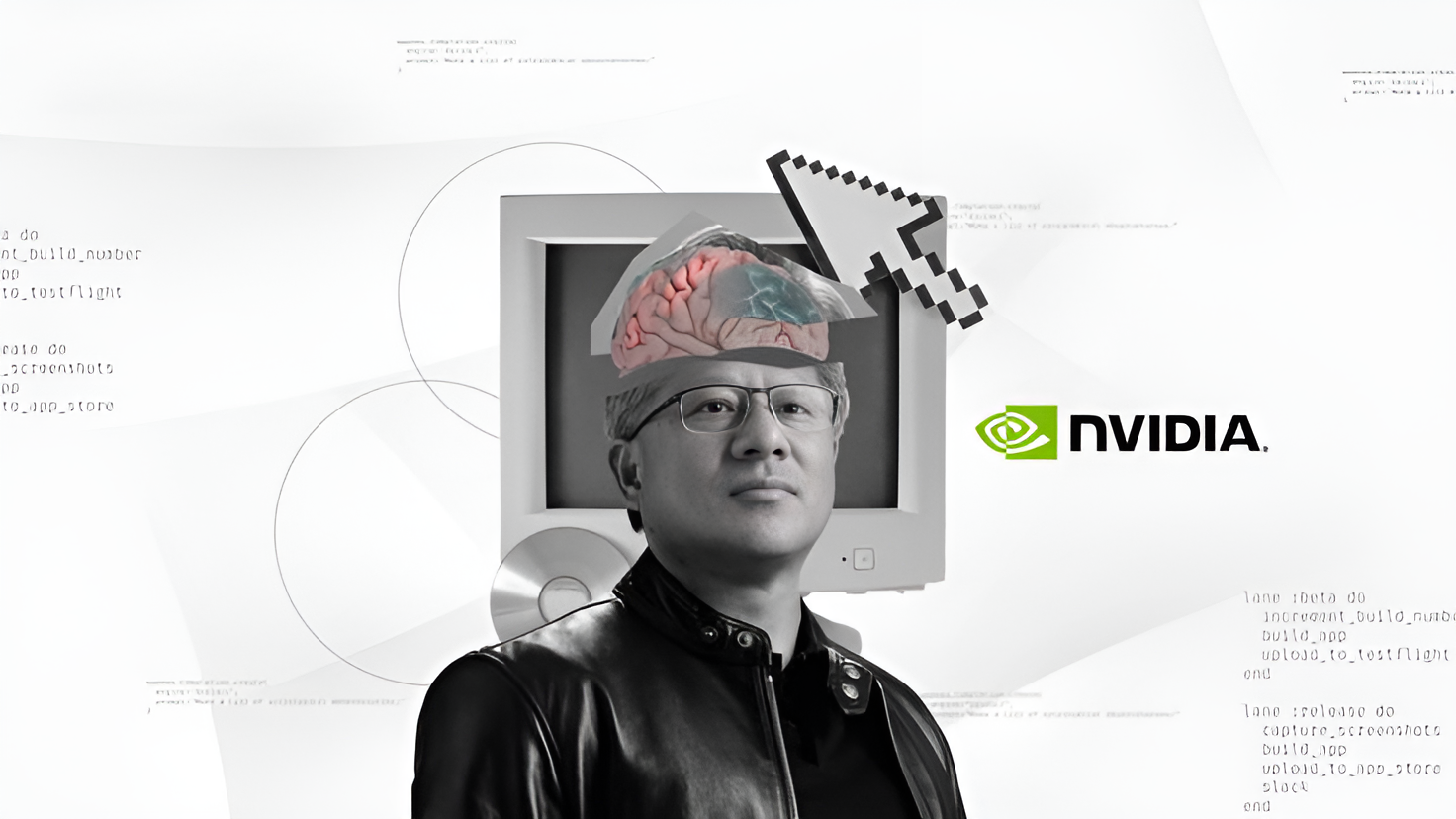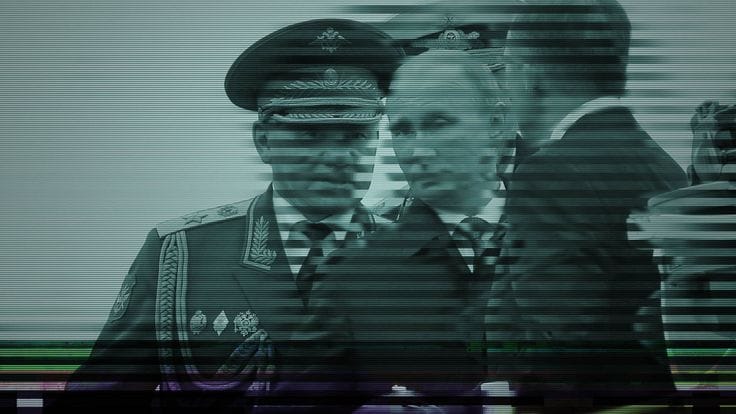How AI guided Ukraine’s drones to hit Russian airfields Analysis Report
5W1H Analysis
Who
The key stakeholders involved are the Ukrainian military forces and their technological team, artificial intelligence developers, and the targeted Russian airfields which are part of the Russian military infrastructure. Additionally, AI technology developers focusing on defence applications are crucial parties in this advancement.
What
The event specifically involves the use of artificial intelligence to autonomously guide unmanned quadcopters or drones to their targets in Russian airfields after they lost communication signals. This represents a significant advancement in the military use of drones, ensuring mission completion even in adverse conditions.
When
The incident was reported on 11th June 2025. The timeline of events surrounding the development and deployment of such technology is ongoing, with continuous improvements in AI systems being a focus of the Ukrainian military and defence developers over recent years.
Where
The geographic focus is on Ukraine, where these technological advancements have been applied, and Russia, specifically the locations of the airfields targeted. These are significant areas in the context of the ongoing military conflict between the two countries.
Why
The primary motivation behind this development is to enhance Ukraine's military capabilities in its conflict with Russia by using advanced technology that ensures operational success even when conventional communication methods fail. It indicates an evolution in military strategy, leveraging cutting-edge AI to maintain capabilities under electronic warfare conditions.
How
The process involves integrating artificial intelligence into drone systems to enable autonomous navigation and target recognition. When communication with the operating team is severed, AI systems take over the manual steering, processing environmental data to continue the mission independently.
News Summary
In a groundbreaking development, Ukraine's military has leveraged artificial intelligence to autonomously guide drones to hit Russian airfields. This technological advance allows unmanned quadcopters to continue their missions even after losing communication signals. The integration of AI into military operations demonstrates an evolution in warfare tactics, aimed at enhancing mission reliability and operational efficiency, especially in electronically contested environments.
6-Month Context Analysis
Over the past six months, there have been several instances of increasing AI application in military contexts, from augmented reality training modules to AI-based reconnaissance tools. The integration of autonomous navigation systems in combat drones aligns with these trends, illustrating a broader move towards technology-driven military strategies. Similar advancements have been seen in other conflicts worldwide, suggesting a global shift towards AI-enhanced warfare capabilities.
Future Trend Analysis
Emerging Trends
This development points to a broader reliance on AI in military strategy, highlighting an increasing trend of autonomy in defence technologies. The momentum is likely to continue as AI capabilities expand, potentially reducing human intervention in combat scenarios.
12-Month Outlook
Within the next year, we can expect further refinements in AI-driven military applications, leading to more sophisticated unmanned systems. There may also be international discussions on the ethical implications and regulations around autonomous weapon systems.
Key Indicators to Monitor
- Advancements in AI technology within defence sectors
- Incidences of AI use in global military conflicts
- Regulatory changes concerning autonomous weapons
- Military budget allocations to AI and tech development
Scenario Analysis
Best Case Scenario
AI guidance systems become reliable and efficient, allowing Ukraine to enhance its defensive mechanisms significantly, offering a strategic edge in ongoing conflicts.
Most Likely Scenario
Ukraine continues to develop AI technologies, gradually improving military efficiency and reducing reliance on external communications for drone operations. This could foster a broader adoption of similar technologies in other national defence strategies.
Worst Case Scenario
There is the potential for technical failures or ethical concerns to arise from autonomous weapon systems, leading to international disputes or unintended military escalations.
Strategic Implications
For Ukraine, continued investment in AI is critical to maintaining a technological edge in defence. Other nations may need to recalibrate their military strategies to reflect the increasing role of AI, including recognising potential threats and improvements in their capabilities. It is imperative for policymakers to address ethical and regulatory frameworks for autonomous weapons to prevent misuse and manage international tensions effectively.
Key Takeaways
- Ukraine's shift towards AI-driven military systems showcases the increasing importance of technology in modern warfare.
- The use of AI for autonomous navigation in drones could redefine operational strategies and contingencies.
- The impact of these technologies extends beyond Ukraine and Russia, affecting global military practices.
- Monitoring technological and regulatory developments is crucial for understanding the future of military AI.
- An emerging focus on ethical considerations around autonomous systems may shape future policies and conflicts.
Source: How AI guided Ukraine’s drones to hit Russian airfields





















Discussion